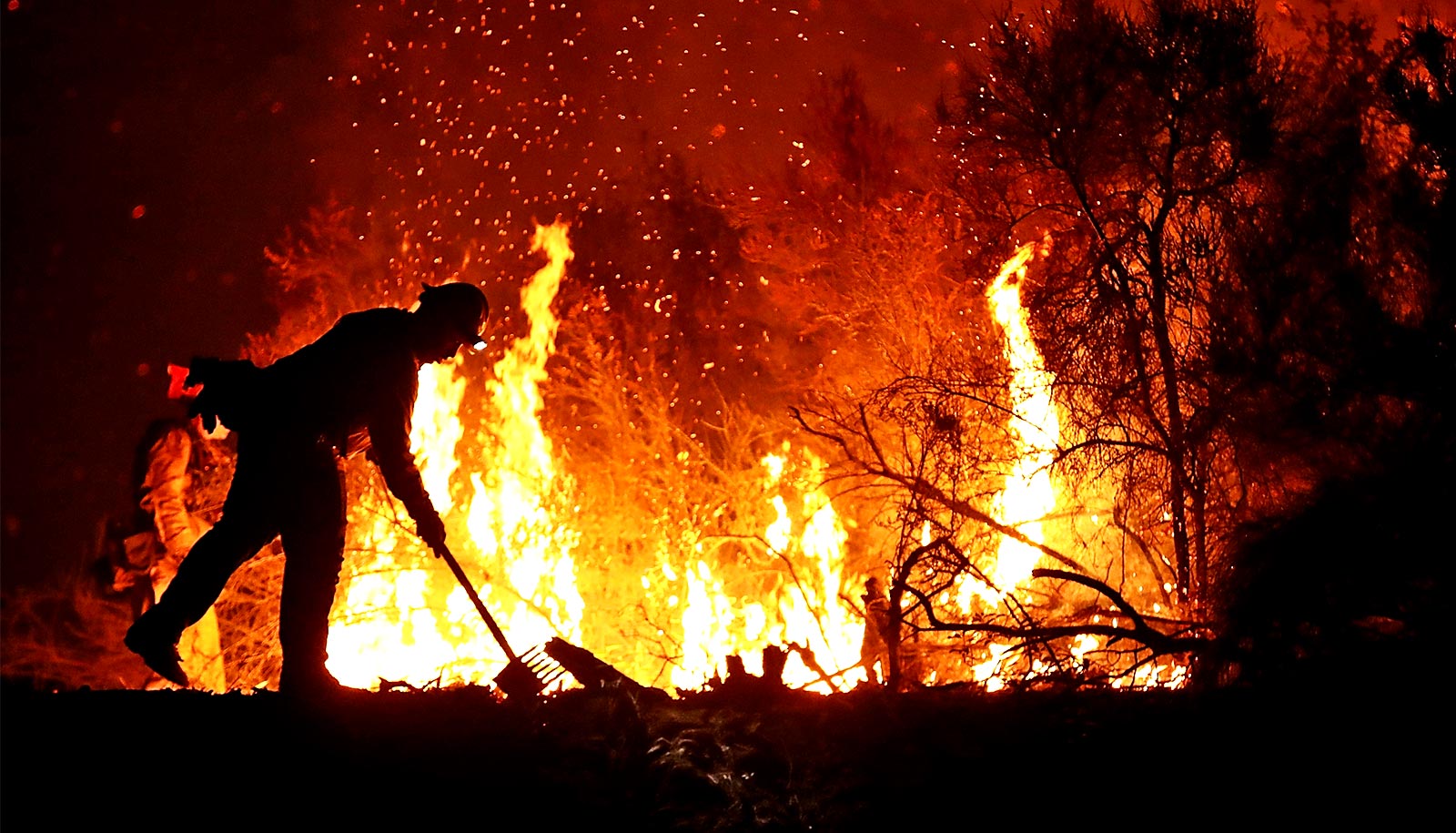
Even as the West dries out now and gets hot, wildfires are just becoming more significant and more destructive, and organizations and authorities tasked with trying to prevent and fight them may soon have such a new technique to add to their armory of controlled burns, pickaxes, saws, and aircraft.
Lockheed Martin Space, centered in Jefferson County, is leveraging decades of knowledge in managing satellites, discovering space, and giving information to the United States military to provide more reliable information to crews faster. They’re discussing how one‘s technologies can help the US Forest Service, academic researchers, and a Colorado government entity.
What do the representatives claim?
Lockheed Martin representatives claim they can plot outer fire perimeter in minutes instead of the hours it takes then by generating more accurate information about that circumstances and running software programs to handle massive amounts of data. They claim that artificial intelligence (AI) and a machine having to learn that the business has used in military uses can improve forecasts about speed and direction of fire.
“The scenario in which wildland fire technicians and commanding officers work is very comparable to the people and organizations who protect our homeland and allies. It’s a fast-paced environment with many different activities and responsibilities.
According to Rich Carter, corporate development general manager for Lockheed Martin Satellite’s Mission, the company plans to use technology developed over many years in those other regions to help to gather information and knowledge about wildfires.
Drought and hot weather have made Western territories ripe for ignition, and the concept of the regular fire period has all but vanished. The Marshall fire in Boulder County consumed 991 residences and killed people for the rest of December. According to their Weather Service, the Denver region just had its 3rd driest April.
Why was it so disastrous?
In April, Colorado experienced the highest risk of fire alerts in the last 15 years. Air fires that compelled evacuees across the Front Range and on the Eastern Plains were quickly put out by crews. However, six families throughout Monte Vista lost their loved ones in April after a fire ravaged the town in southern Colorado.
Colorado was the state with a program transmitting information “in near real-time” when the 2 Pilatus PC-12 planes started flying in 2014. Representatives from Lockheed Martin are sometimes inside the air on the aircraft. Some of Lockheed Martin are inside the aircraft’s air to see if artificial intelligence can help accelerate the process. “
Lockheed Martin is focused on technology, and Finney says that’s “not really where most efficient use of our attempts would be.”
“The vast opportunities to change the course we’re on are prevention, mitigation, and preventative management activities. Continuing to improve reactive managers is unlikely to produce enormous benefits because the underlying root of this problem is the fuel framework across extensive scenery and climate change. Lockheed Martin spent some time on the planes to see if machine learning could help speed up the process. Researchers at the US Forest Company’s -Fire Laboratory in Montana are also being consulted.
